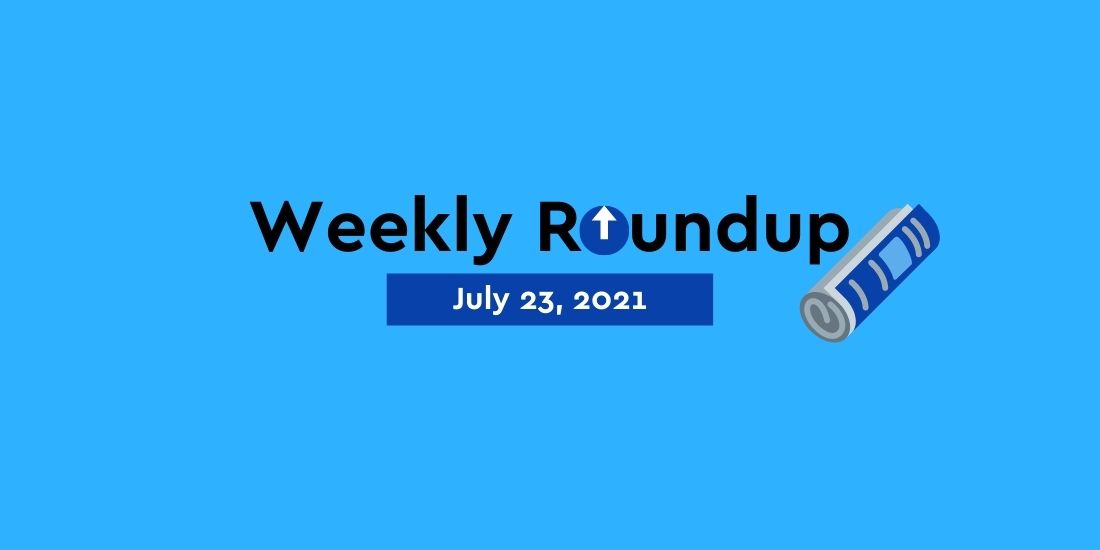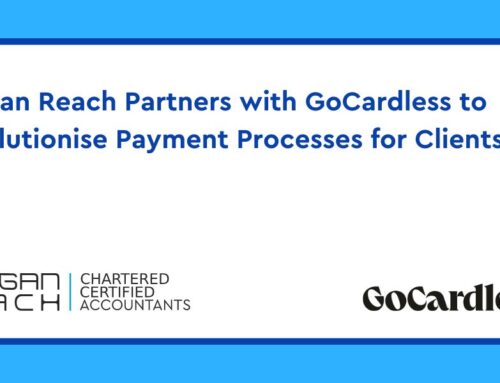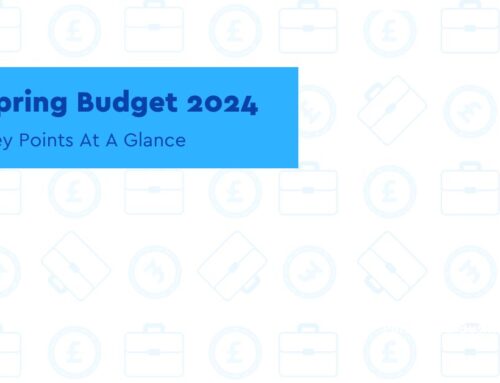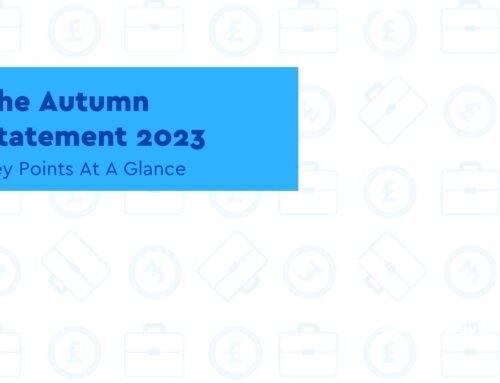SEISS fifth grant: Personal claim dates
Key Points
- HMRC will be contacting every customer this week who may be eligible to tell them their personal claim date
- Eligible individuals can claim from this date up until September 30, 2021
The claims service for the fifth SEISS grant will open from late July. The grant covers lost or reduced earnings from May to September 2021, offering up to 80% of trading profits or £7,500 over three months.
HMRC states that you should only claim the fifth grant if you think your business profit will be impacted by coronavirus between May 1, 2021 and September 30, 2021.
If you claim, you must keep appropriate records as evidence of the impact on your business.
HMRC will be contacting every customer this week who may be eligible for the fifth grant, to tell them their personal claim date. Eligible individuals can claim from this date up until the claims service closes on September 30, 2021. Claims made before your personal claim date will not be processed.
Claiming the fifth SEISS grant
It’s important that individuals claim the grant themselves – not doing this could result in delays or the grant not being paid.
HMRC will be contacting those eligible in different ways depending on their circumstances:
- Individuals who became newly self-employed in 2019-20 may receive a letter asking for proof of identity and trade information via Dropbox. As part of these pre-claim verification checks, HMRC will call the customer too. They will not be able to make a claim if they do not provide the requested information
- HMRC has already emailed customers who have claimed SEISS before, with instructions on how to prepare for their claim
- All customers who may be eligible for the fifth SEISS grant will soon receive an email, letter or SMS with their personal claim date and instructions on how to access the claims service via GOV.UK from late July.
- A small number of customers will receive a letter asking them to call HMRC if they want to make their claim. The online service will not be open for these customers, so they must call using the number in the letter. This is different to the pre-claim verification checks.
Turnover
Individuals whose turnover has fallen by 30% or more will continue to receive the full grant worth 80% of three months’ average trading profits, capped at £7,500. People whose turnover has fallen by less than 30% will receive a 30% grant, capped at £2,850.
Turnover includes the takings, fees, sales or money earned or received by the self-employed claimant’s business.
Anyone choosing to make a claim, will need their turnover figures for:
- A pre-covid year, that represents normal trading. This should be 2019-20 or 2018-19
- Their 2020-21 trading year.
How the grant is treated
The grant is subject to Income Tax and self-employed National Insurance Contributions. It must be reported on your 2021 to 2022 Self Assessment tax return.
The grant also counts towards your annual allowance for pension contributions. SEISS grants are not counted as ‘access to public funds’ and you can claim the grant on all categories of work visa.
Who can claim
Find out if you’re able to claim for a SEISS grant by checking that you meet all criteria in stages 1, 2 and 3.
Stage 1: Your trading status and when you must have traded
You must be a self-employed individual or a member of a partnership.
You must also have traded in both tax years:
- 2019 to 2020
- 2020 to 2021
You cannot claim the grant if you trade through a limited company or a trust.
Stage 2: Tax returns and trading profits
You must have:
- Submitted your 2019 to 2020 tax return on or before March 2, 2021
- Trading profits of no more than £50,000
- Trading profits at least equal to your non-trading income
Non-trading income is any money that you make outside of your business. For example, if you also have a part-time job or pension.
If you’re not eligible based on the trading profits in your 2019 to 2020 return, we’ll look back at previous years.
HMRC will contact you in mid-July if you’re eligible for the grant based on your tax returns.
Find out more about how HMRC works out trading profits and non-trading income.
Stage 3: Deciding if you can claim
When you make your claim you must tell HMRC that:
- Intend to keep trading in 2021 to 2022
- Reasonably believe there will be a significant reduction in your trading profits due to the impact of COVID-19 between May 1, 2021 and September 30, 2021
More frequent tax payment proposal for small businesses worries ATT
Key Points
- ATT believe more timely tax payments should be offered on a voluntary basis only
- Businesses that are not paid straight away and invoice on credit could be impacted
The ATT made the warning in its response to a government consultation on bringing payment under Income Tax Self-Assessment (ITSA), and Corporation Tax (CT) for small companies, closer to the point where the income or profit arises.
Jon Stride, co-chair of ATT’s Technical Steering Committee, said: “We consider that more timely tax payment should be offered on a voluntary basis only, and not be made compulsory. While some businesses may find the ability to make more frequent and timely tax payments useful when it comes to budgeting for their tax bill, many would not. A voluntary system allows those businesses who would stand to benefit from earlier tax payments to do so, without imposing potential cash flow issues or extra administrative burdens on those businesses for whom it would provide no advantage and who wish to continue to pay on the current basis.
“Many businesses are experiencing tough economic conditions because of the pandemic and possibly because of the fallout of Brexit. This is not the time to make decisions on changing payment timings. In that light, we welcome the government’s commitment to not make any change ‘within this parliament’.”
ATT states that businesses likely to find that timely payment has a negative impact on their cash flow include:
- Those who buy stock, especially those where there is a gap between purchase and sale of stock
- Businesses who are looking to invest in their business and/or incur significant capital expenditure and/or are expanding rapidly
- Those that receive an unexpected large expense – for example a bad debt, or having to replace or repair essential equipment
- Those that are not paid straight away and invoice on credit
All of these businesses may experience a squeeze on cash flow if they are expected to pay tax over to HMRC more frequently, rather than having the flexibility to use those funds in their business.
ATT is urging HMRC to better promote its largely unknown and unused Budget Payment Plans before embarking on a wholesale change to the tax system to achieve more timely payments.
Individual taxpayers can set up a budget payment plan with HMRC if they want to put aside money to cover their next income tax self-assessment bill. This is different from income tax payments on account, which individuals normally make once every six months towards their next tax bill.
The budget payment plan lets individuals decide how much to pay each week or month and stop paying for up to six months. But individuals must be up to date with their previous self-assessment payments before they set up a plan.
Jon Stride said: “HMRC already have a facility for income taxpayers who want to make regular payments in advance, it is just that hardly any taxpayers know about it or are made aware of it by HMRC. The low take-up may also be due in part to the lack of flexibility in requiring regular payments to be made.
“We would recommend HMRC expand this offering so that it is available to small companies as well as individuals and so that it allows taxpayers to choose to make payments as and when they are able, rather than requiring a regular contribution.”
If the government pushes ahead with making more timely tax payments compulsory, the ATT cautions that if the frequency of tax payments were to be increased, payments should not be required more often than quarterly.
Jon continued: “We are against a move to more frequent payments on a compulsory basis on the grounds that it will be overly onerous for most taxpayers. If the government insists on pushing ahead with it, then we consider that a move to a quarterly payment frequency would be the least worst option. This would at least achieve some sort of balance between assisting businesses with cash flow and minimising administrative burdens.”
Pay less Customs Duty on goods from a country with a UK trade agreement
Key Points
- You need to follow five key steps to claim a tariff preference
- You may be able to claim back some or all of the Customs Duty
If the UK has an agreement with a country, you may be able to get a reduced rate of Customs Duty (known as a tariff preference or preferential rate of duty) for goods you import from that country.
Working out if your goods can be treated as originating in the country you’re importing them from can be complicated. Find out how to get someone to deal with customs for you.
If you decide not to claim a tariff preference, or if a tariff preference is not available, you’ll need to pay Customs Duty at the normal rate.
How to claim a tariff preference
You need to follow these steps to claim a tariff preference.
- Check if your goods have a tariff preference
You will need to find the right commodity code for your goods. Once you’ve found the right commodity code you’ll be able to select the country to check if there is a tariff preference.
- Check that your goods meet the rules of origin
You need to check your goods can be treated as originating in the country you’re importing from.
There are different rules of origin depending on the country. You must make sure your goods meet the relevant rules of origin every time you claim a tariff preference.
If the parts or materials making up your products (or the suppliers providing them) change, this can affect the country they’re treated as originating from.
The rules you must use are:
- The Free Trade Agreement for:
- the EU
- non-EU countries
- For some developing nations, the UK’s Generalised Scheme of Preference
You can find out more about how to use the different rules of origin.
- Check what proof you need
You’ll need to work out which type of proof you need to claim. You must keep this as HMRC may ask you to show this to support your claim.
- Include the information on your import declaration
There are different ways to complete the import declaration, depending on whether you’re declaring them using the Customs Handling of Import and Export Freight (CHIEF) system or the Customs Declaration Service.
Find out how to complete your:
- Customs Handling of Import and Export Freight (CHIEF) import declaration
- Customs Declaration Service import declaration
- Keep your records
If you’ve made an import declaration you must keep:
- A copy of the declaration
- Proof of origin to show your goods can be treated as originating in the country you’re claiming a tariff preference for
- Supporting documents, including details of the:
- processes carried out on originating goods or materials
- purchase, cost, value and payment for the goods
- originating status of the purchase, cost, value and payment for all materials
You must keep these records for at least 4 years, as HMRC may carry out checks on your goods.
Using a customs warehouse
If you’re planning on claiming a tariff preference and using a customs warehouse you should check what else you need to do.
Making a claim after you’ve paid Customs Duty
You may be able to claim back some or all of the Customs Duty if you paid it but later get a valid proof of origin.
Stamp duty holiday pushes house sales up 220 per cent in record June
Key Points
- It’s the highest number of transactions ever recorded by HMRC in a single month
- From July to September the nil-rate threshold reduces to £250,000 before resuming to its normal level
Frenzied homebuying in June, the last month of the full stamp duty holiday, caused the number of house purchases recorded above £40,000 to rise 61 per cent month-on-month to reach a record 198,240.
It’s the highest number of transactions ever recorded by HMRC in a single month and represents a 220 per cent increase on June 2020, following the three month closure of the housing market as the pandemic took hold.
Although the stimulus of the stamp duty holiday and dearth of house sales at the beginning of the pandemic has exaggerated the rise in sales activity, comparing activity to June 2019 still reveals a 100 per cent increase.
The effect of the stamp duty holiday which made the first £500,000 of a residential property purchase price free of land tax can also been seen in March, when the relief was first due to end.
House sales in the month soared to 183,830 from 145,110 in February.
During the March Budget, Chancellor Rishi Sunak announced an extension to the relief until the end of June before the stamp duty holiday would begin to taper off.
The return to normality
Sarah Coles, personal finance analyst, Hargreaves Lansdown, said: “The red-hot property market hit a blistering peak in June, as frenzied buyers raced to complete on their new home before the stamp duty holiday tapered at the end of the month. The question is whether the overheated market means buyers have been burned.
“Unfortunately for these buyers, sellers didn’t hit the market in the same kind of numbers. There’s been a huge imbalance between buyers and sellers during the spring and early summer, which has meant panic buying, bidding wars, and the return of gazumping.
“When the market cools, buyer remorse tends to kick up a gear. The RICS survey in June showed agents expected sales to slow through the summer and into the autumn. Price rises are already showing signs of slowing, and there’s even the potential for them to take a step back if the economy is struggling with new variants when furlough is withdrawn.”
Jeremy Leaf, north London estate agent and a former RICS residential chairman, said: “As always, it is transactions rather than the more volatile prices which are a better measure of housing market health. These figures clearly illustrate the frenzied rush to the finishing line for buyers to take advantage before the stamp duty holiday drew to a close.
“However, activity has reduced since, particularly in London, where the savings were greatest. Early signs are that sales will be down significantly but we have noticed nearly all of our transactions are continuing with very few renegotiations. This leads us to believe prices will not be markedly different over the next few months.”
From 1 July to 30 September the nil-rate threshold reduces to £250,000 before resuming to its normal level of £125,000 from 1 October.
Weekly HMRC, Gov’t and tax updates
Monthly borrowing figures start to climb down
The UK public borrowed £22.8 billion in June 2021, the highest level in the month in any year second only to June 2020, figures from the Office for National Statistics (ONS) show.
It follows May’s borrowing figure of £24.3bn, suggesting that the reliance on borrowing is decreasing as Chancellor Rishi Sunak hopes.
In the first four months of 2021, monthly borrowing increased from £8.8bn in January to £31.7bn in April, £15.6bn less than what was borrowed in April 2020.
In the March budget, the Office for Budget Responsibility estimated that borrowing in 2021/22 would be £234bn, but following the publication of the ONS’s June 2021 figures the Institute for Fiscal Studies suggested borrowing will be around £30bn less than this.
New VAT1 form for manual applications for VAT registration
HMRC has requested that businesses wishing to register for VAT by post should use the new “print and post” version of the VAT1. HMRC claims that using the new form should help with the correct and efficient processing of the manual applications. All businesses registering by post must print out, complete and post the VAT1 form.
MTD ITSA pilot closed to SEISS and CJRS claimants
Taxpayers that have claimed grants under the Self-Employment Income Support Scheme (SEISS) or the Coronavirus Job Retention Scheme (CJRS) will not be able to join the Making Tax Digital for income tax self assessment (MTD ITSA) pilot for 2021/22. HMRC had intended to deliver the functionality to allow such taxpayers to join the pilot for 2021/22 (having excluded them for 2020/21) but has now decided to prioritise functionality needed for the longer term.
Get In Touch
At Morgan Reach, we understand every business needs a little help now and again-especially when it comes to the financial side of things. Therefore, to help our clients and visitors we endeavour to cover as much of the business news as possible. If you are self-employed or run a business and need assistance and advice on how these news could make a difference to you or your business, feel free to get in touch with the experts at Morgan Reach. Our business growth experts at Morgan Reach will guide you through what support is available for you or your business as well as the latest news that may affect you.







